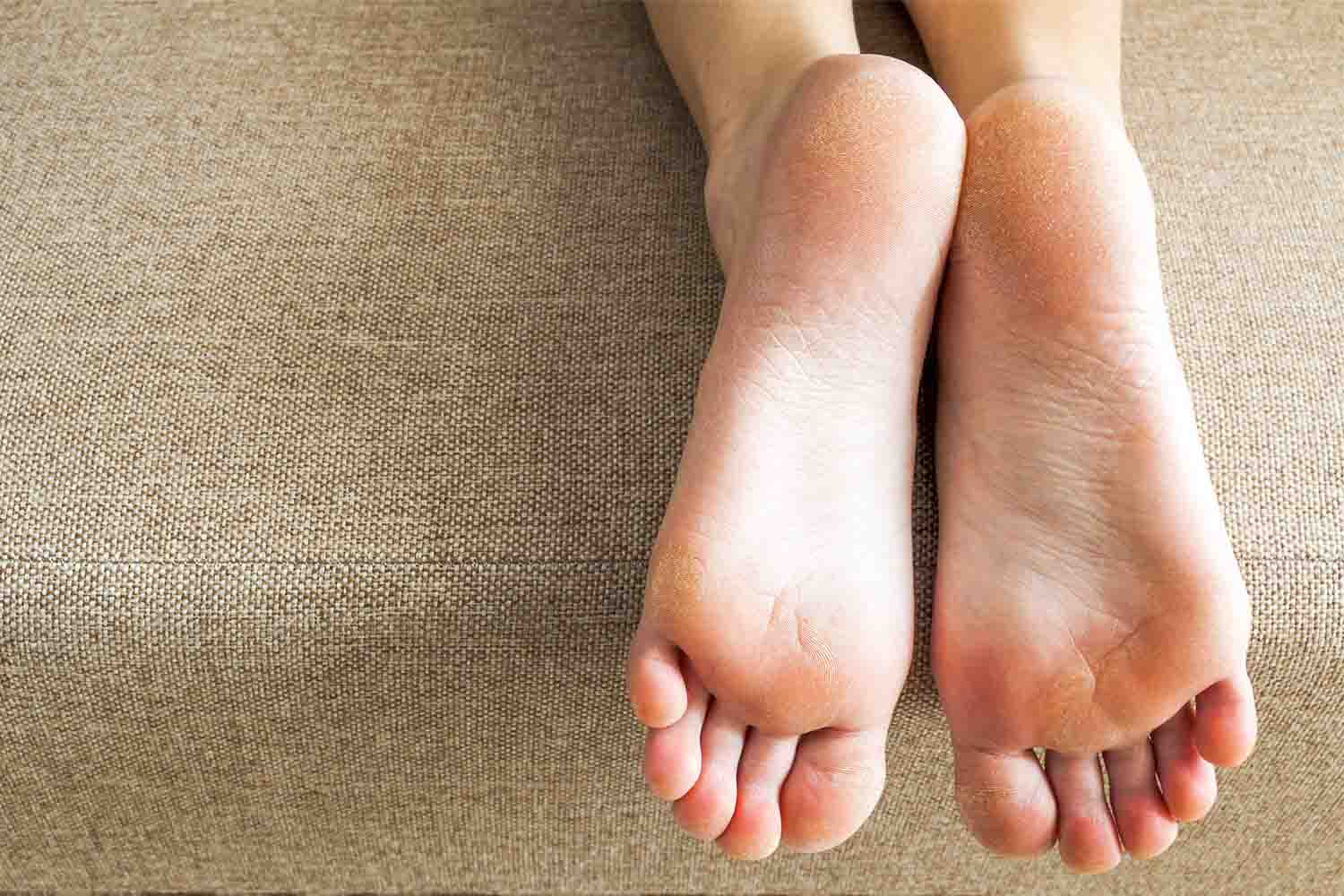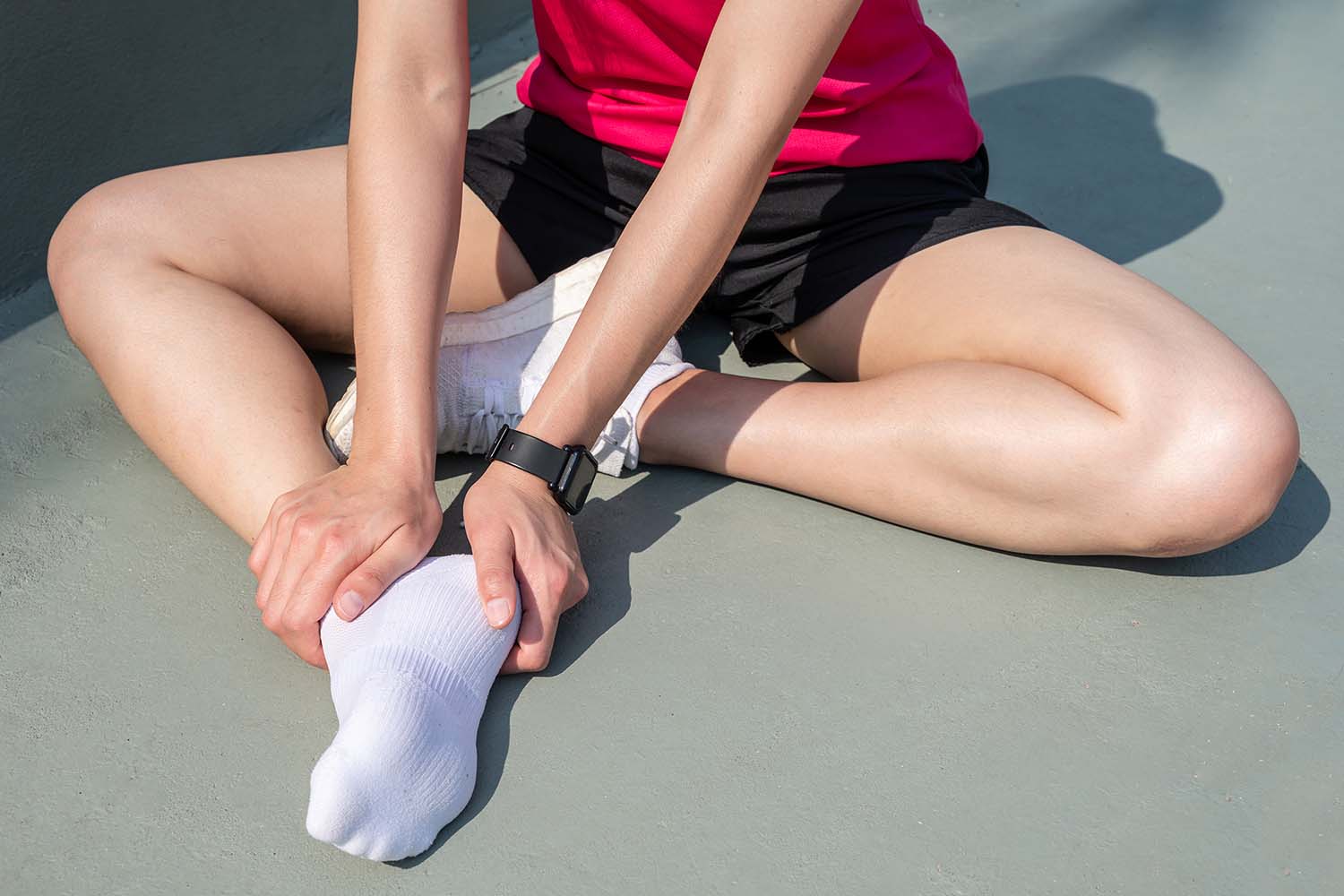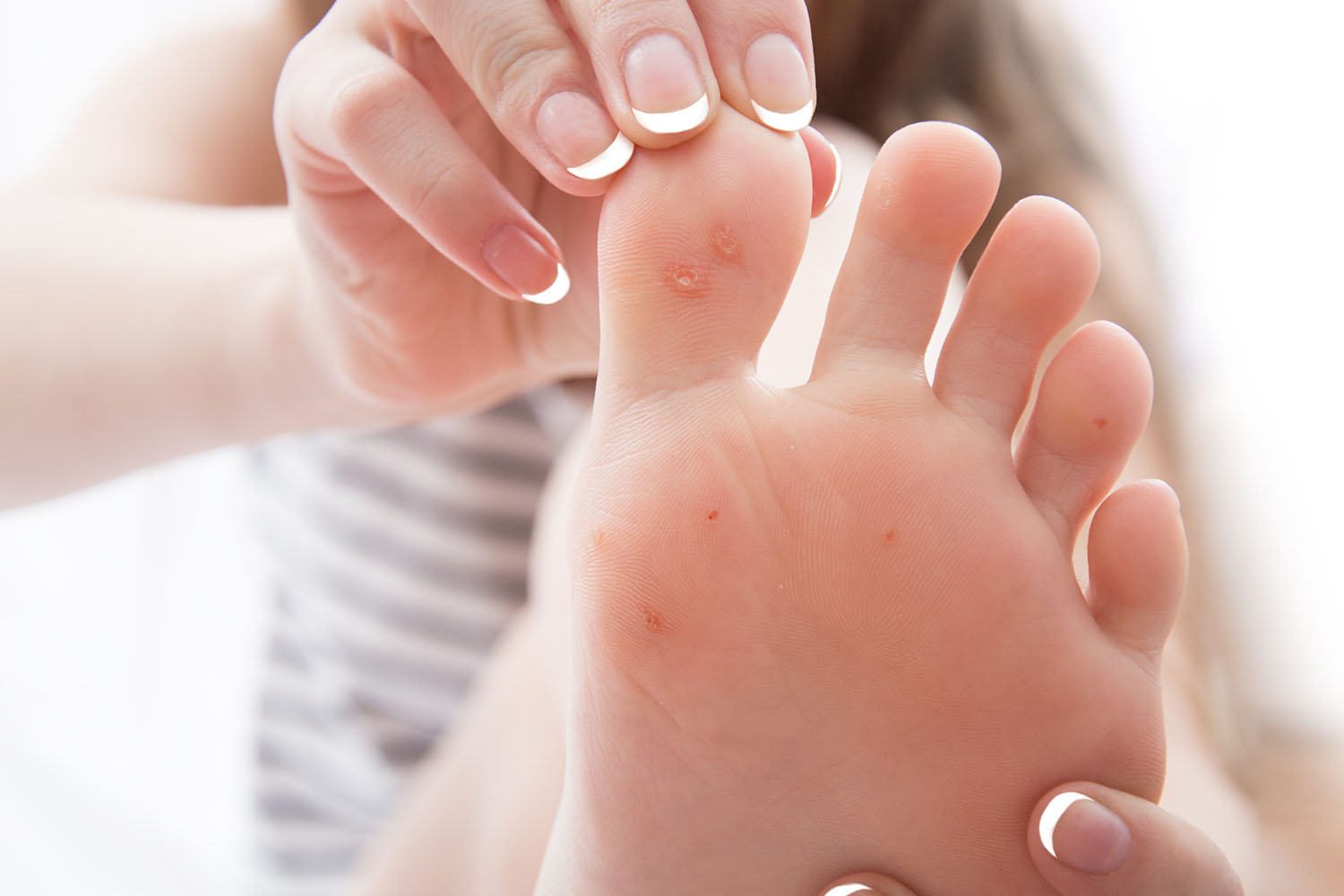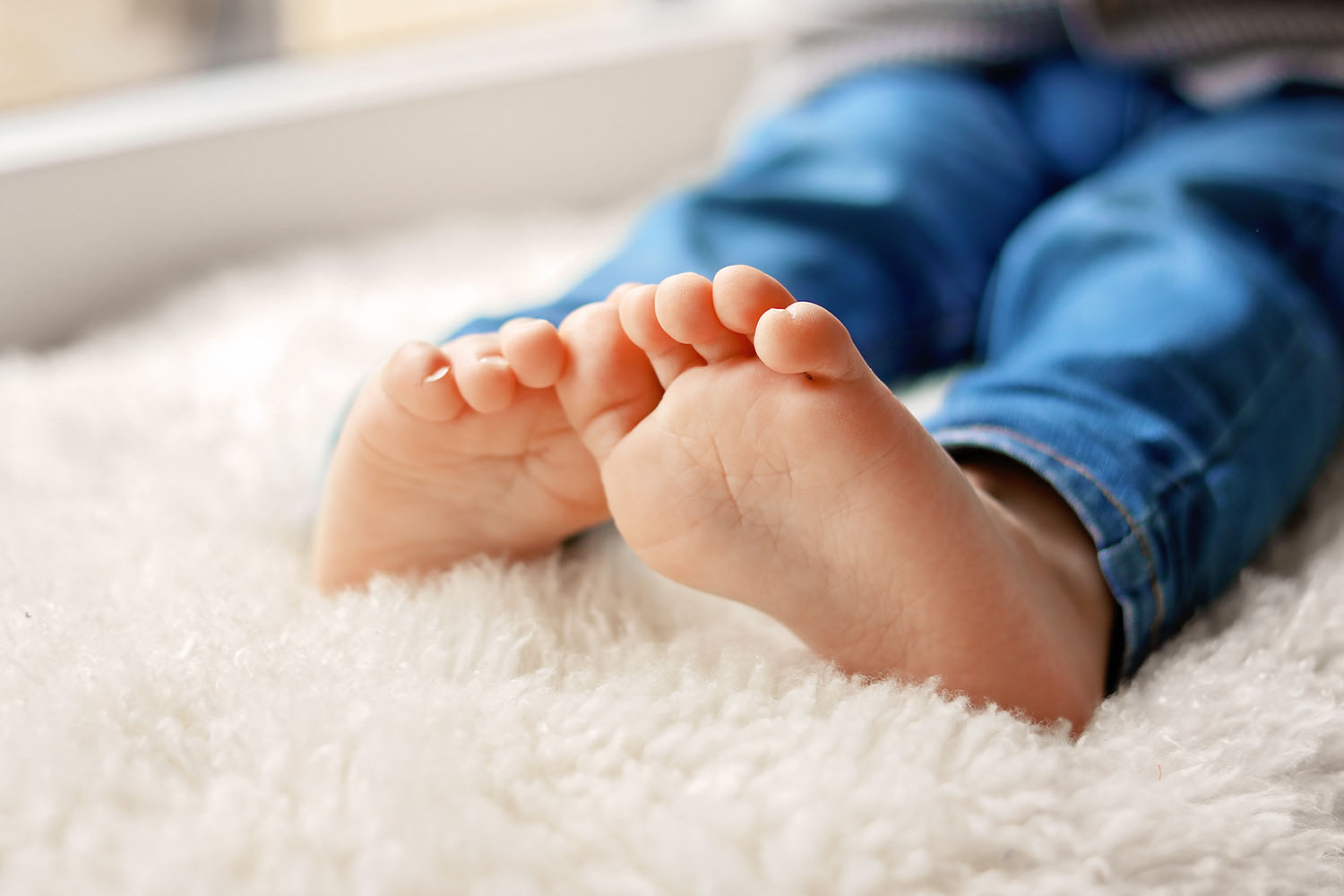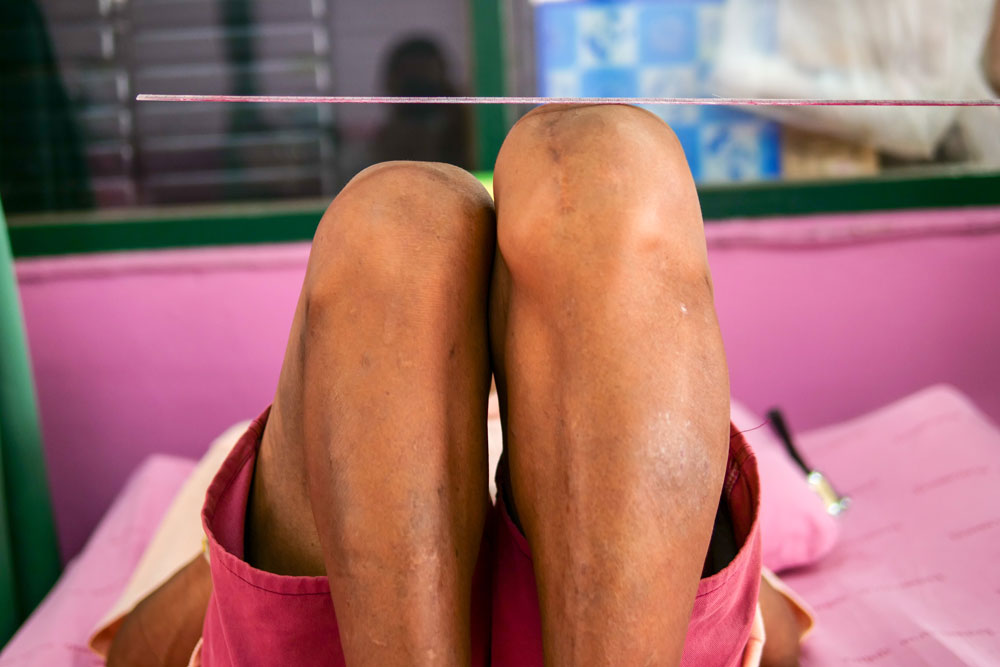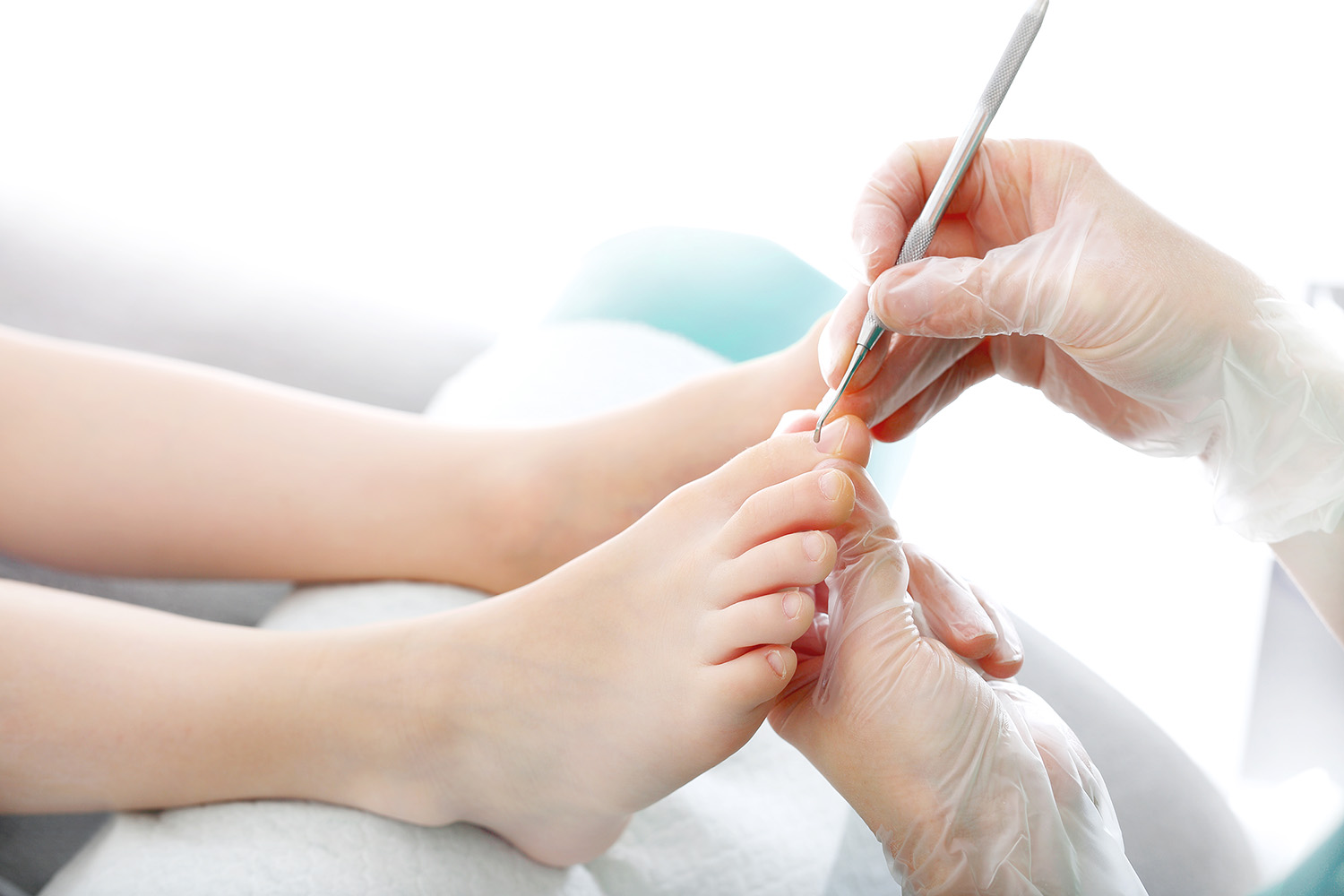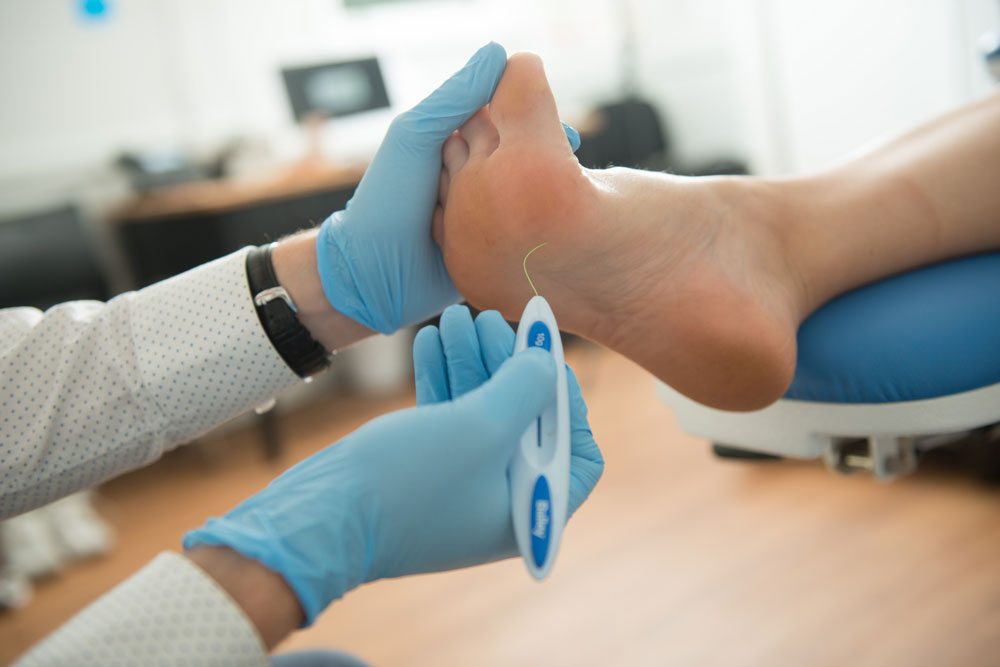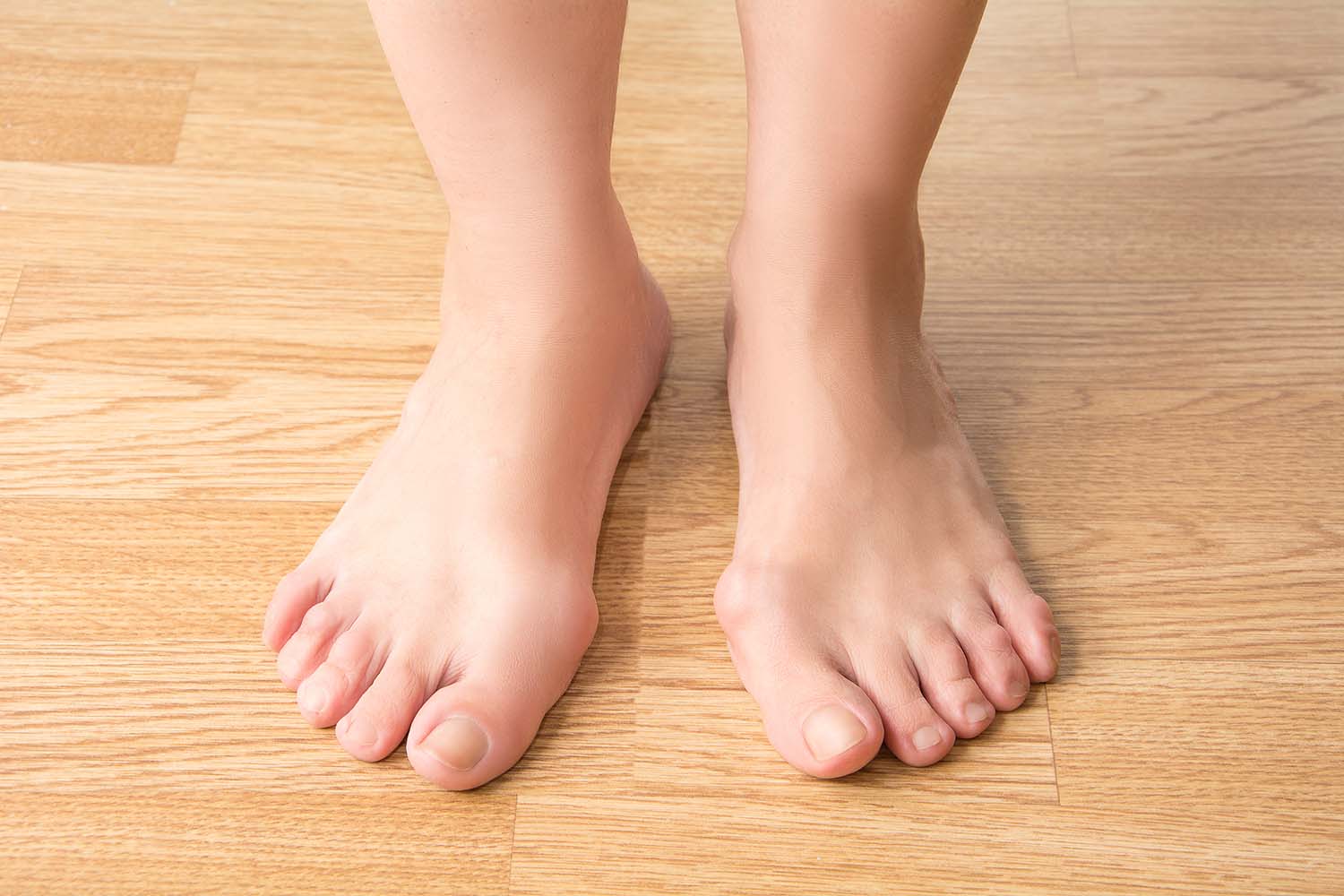Corns and Calluses
Corns and calluses develop when a person’s skin protects itself from consistent pressure or friction by thickening and becoming hard. In an everyday setting, most people tend to use the words ‘corns’ and ‘calluses’ interchangeably. The truth is they are actually quite different.
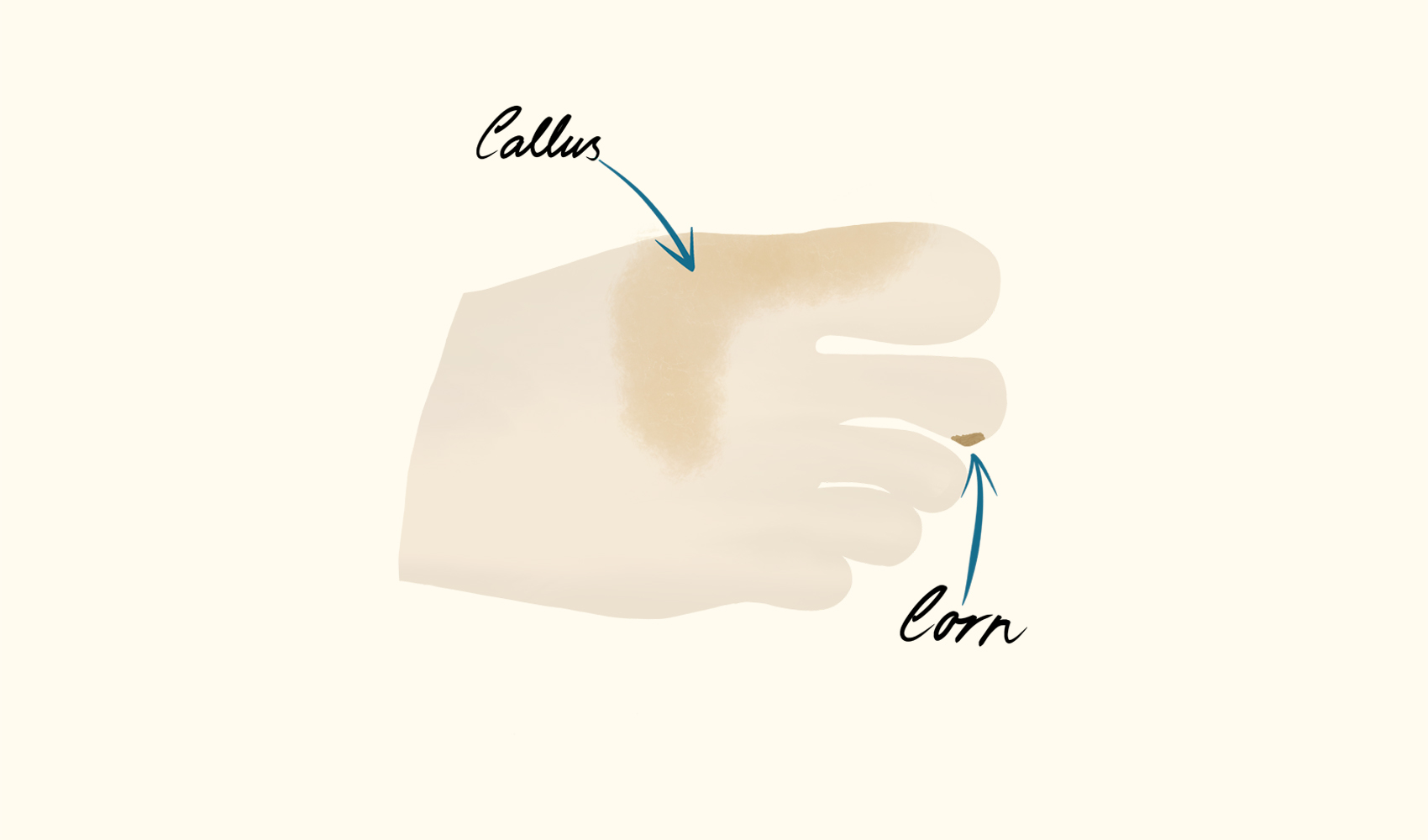
What are Calluses?
Calluses are built up areas of thick dead skin so are rarely painful. These are most likely seen on the bottom of feet, specifically bony areas which carry a large portion of a person’s body weight (under the heels and balls of the feet). Calluses are often larger and have a more spread-out irregular shape.
What are Corns?
Corns tend to be quite small and round with a hard centre surrounded by inflamed skin. Corns commonly develop on parts of the foot that do not bear weight, such as the side and tops of toes. They can often appear where there is unnatural repeated friction or rubbing due to ill fitted footwear.
What is the difference between Corns, Calluses and Warts?
At times people confuse corns, calluses and warts. In essence, the main differences are:
Calluses / Corns
- No black dots providing blood supply
- Can be painful when pushed on directly
- Skin lines continue, even though skin is dead, raised or hard
Warts
- Small black blood supply dots
- Painful when squeezed side to side
- Interrupts the skin lines
Another distinguishing characteristic is that plantar warts (the name for warts found on the sole of the foot) will often bleed whereas in most cases corns and calluses will not. It’s important to note that sometimes mosaic warts (a cluster of warts together) will have thicker skin on top, with many people confusing them for a callus. This highlights the importance of having a trusted podiatrist provide a proper diagnosis.
What causes Corns and Calluses?
Corns and calluses develop when a person’s skin attempts to protect itself from consistent pressure, rubbing, irritation or friction. They are most commonly seen on either the hands or feet. For people who work with their hands, they will often develop corns and calluses over time. It’s particularly common for musicians, tradesmen, writers and artists. Corns and calluses can develop on the feet with:
Poorly Fitted Shoes
The skin tends to harden over time if someone wears shoes that compress certain areas of the foot. It’s not just shoes that are too small, if footwear is too loose the shoes can repeatedly slide up and down against the foot. Even protruding seams or stitches inside a shoe can cause the skin to protect itself and create a corn or callus.
Poorly Fitted Socks or No Socks
Socks are not only designed for comfort, absorbing sweat and to keep our feet warm in winter. They also serve the function of reducing friction on the feet. So not wearing socks, or wearing socks that are too loose, can both be a contributing factor to corns and calluses.
Foot Conditions
There are many foot conditions which if left untreated, drastically change the natural shape of the foot. Bunions, hammertoes, bone spurs and other foot deformities massively increase the likelihood of experiencing corns and calluses. This is because every day footwear will rub against the deformities.
Smoking Cigarettes
There have been studies which indicate that smoking can impact the skin.
How can I prevent corns and calluses forming?
There are many strategies people use to maintain general foot hygiene and which also massively reduce the likelihood of developing corns and calluses. These include:
- Keeping the feet clean and moisturised
- Soaking the feet and then using a pumice stone on areas which are prone to hardening (unless you have diabetes)
- Wearing shoes that provide adequate toe room, cushioning, good ankle support and are the correct width
- For those with toe deformities, using toe separators or even lamb’s wool between the toes
- For those with bunions or bone spurs, sourcing specialised footwear that does not apply pressure or friction to the area
- Avoiding walking barefoot
- Getting specialised footwear when enjoying physical hobbies and sports
- Working on proper posture to avoid walking too heavily on the inner or outer edge of the heel
- Where possible, avoiding walking, standing and running for long periods of time
- Keeping the toenails trimmed
- For sweaty feet, applying foot powder to absorb moisture and keep the feet dry
- Avoiding pointed, narrow shoes, especially high heels
When should I see a podiatrist for corns or calluses?
As soon as a corn or callus becomes painful, inflamed, infected, swollen or oozing puss, then it is recommended to see a podiatrist. This also applies for any person who has diabetes, as any minor injury to the foot can lead to a foot ulcer (infected open sore). We also suggest organising an appointment immediately if you have any underlying diseases or conditions that contribute to frail or delicate skin.
Should I be worried if I have Corns or Calluses?
The great news is that if someone is healthy then they only need to treat corns and calluses as a priority if they cause discomfort or pain. That said, the hardened skin can be a bit unsightly and many people opt to have them removed to feel more confident when barefoot.
If you have been diagnosed with diabetes then there is a greater risk that corns and calluses will cause further complications. This is due to a diabetic’s poor blood flow and reduced foot sensitivity.
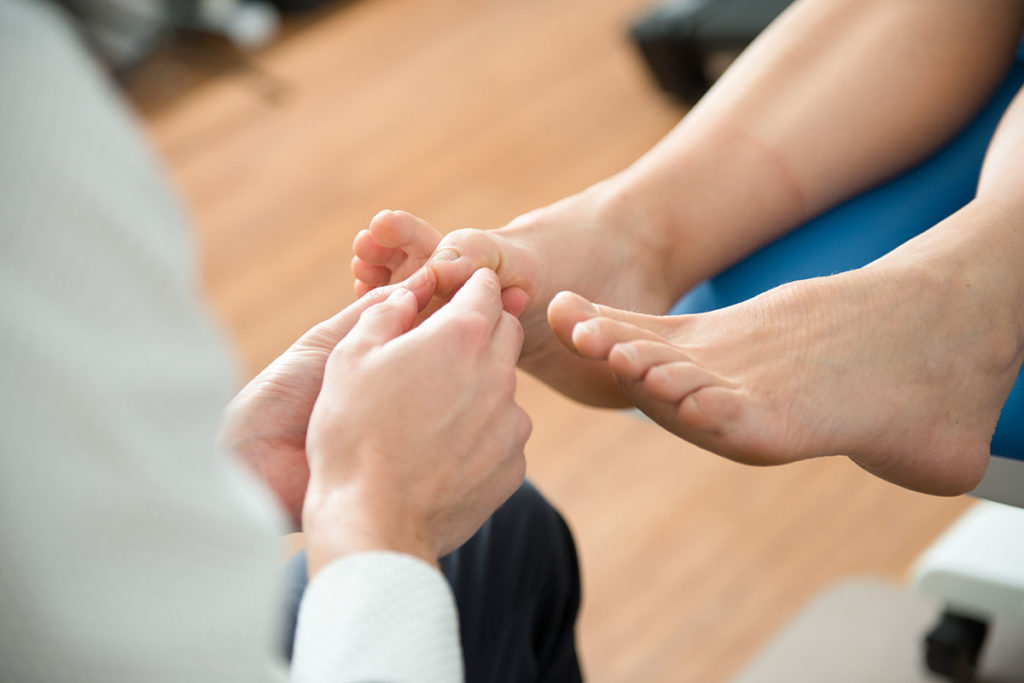
Specialised Corn and Callus Treatment from your local Byron Bay podiatrist
Diagnosis
At Northern Rivers Podiatry we will provide a medical diagnosis as to whether the area is a corn, callus, wart or cyst. Further testing or x-rays may be required, but in most instances a visual exam of the skin will allow our experienced podiatrists to diagnose the issue.
Once this diagnosis has been made, we will then ask a series of questions to help assess the underlying cause of the corn or callus. It is imperative to diagnose whether the hardened skin is due to ill-fitted footwear, an underlying foot condition, poorly cared for skin or a combination of factors.
Treatment
Treating corns and calluses really needs to be a multipronged approach. Once all causes of the corn or callus has been ascertained, the next step is to rectify them. This might include getting new footwear, wearing socks, moisturising the feet regularly or even treating the primary foot deformity or condition.
Our approach is extremely effective as we always seek to address what is causing the condition, before removing the hardened skin. This helps safeguard against the corn or callus returning as we have successfully dealt with the root issue.
Our podiatrists expertly remove the thickened skin at our Byron Bay podiatry clinic. We also offer the following medical treatments:
- Trimming away excess skin. This can be done using a variety of specialty equipment. Please never try this at home as it can lead to infection when done incorrectly.
- Suggestions and advice on appropriate hydrating agents such as moisturisers and skin protection creams.
- Provide shoe orthotics if it is an underlying foot deformity that is the cause.
- Provide professional recommendations on surgery to correct any severe bone deformities.
Thankfully, in most cases corns and calluses are easy to treat and remove. That said, it is equally important to address what has caused the thickening skin to develop in the first place. At Northern Rivers Podiatry we provide a combined diagnosis and treatment approach, addressing the root cause of why the corn or callus developed in the first place, so that you can say goodbye to corns and calluses for good. So call our clinic to organise an initial assessment appointment to take your foot-care to the next level.
Contact Us
"*" indicates required fields
